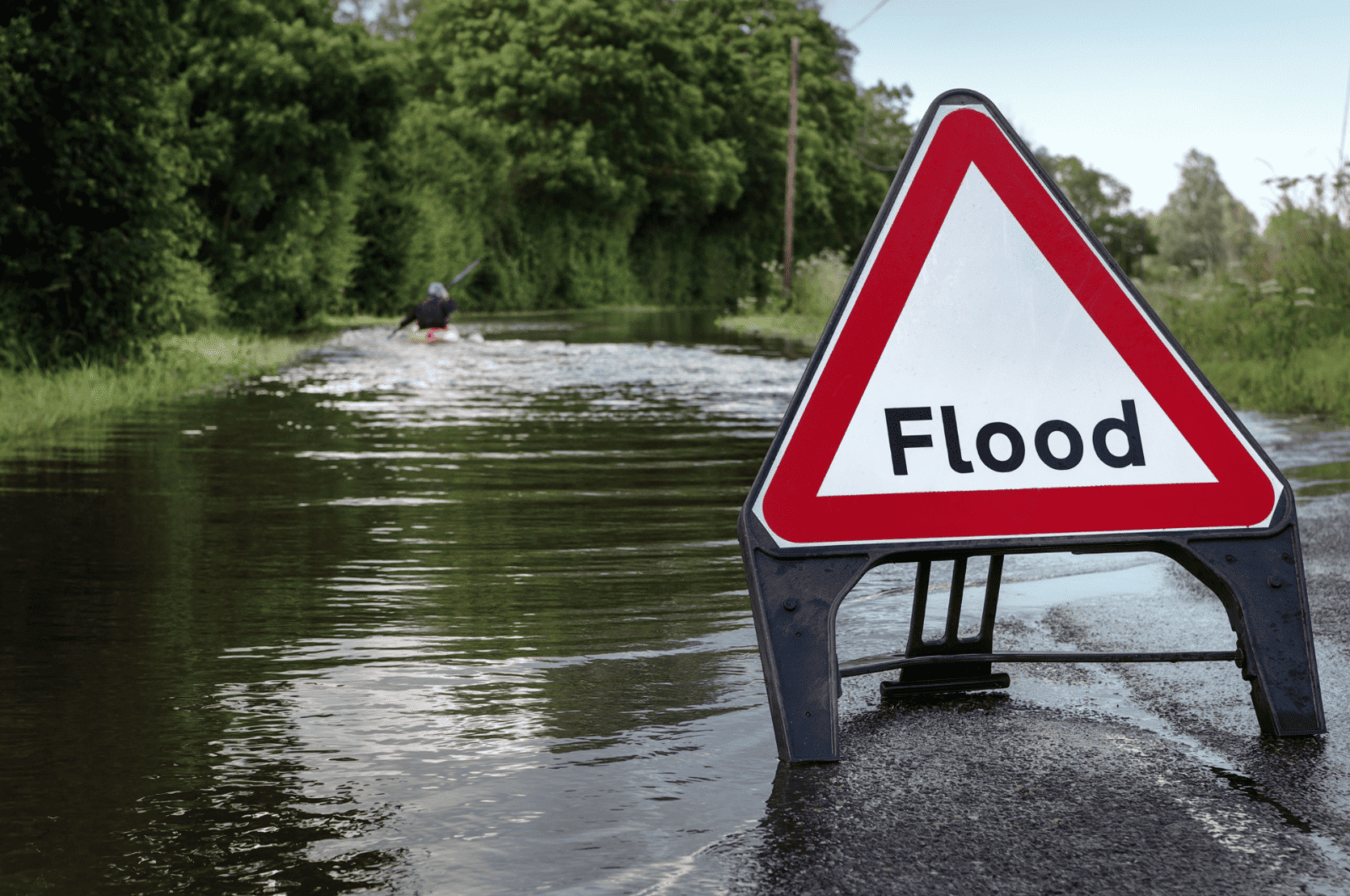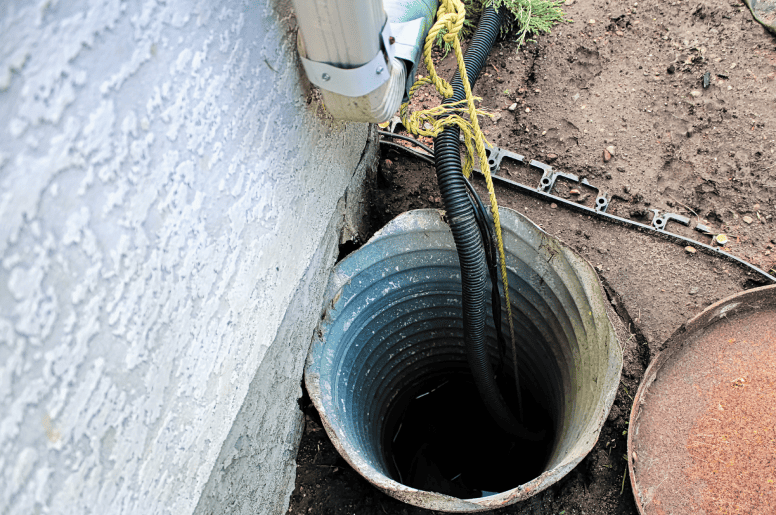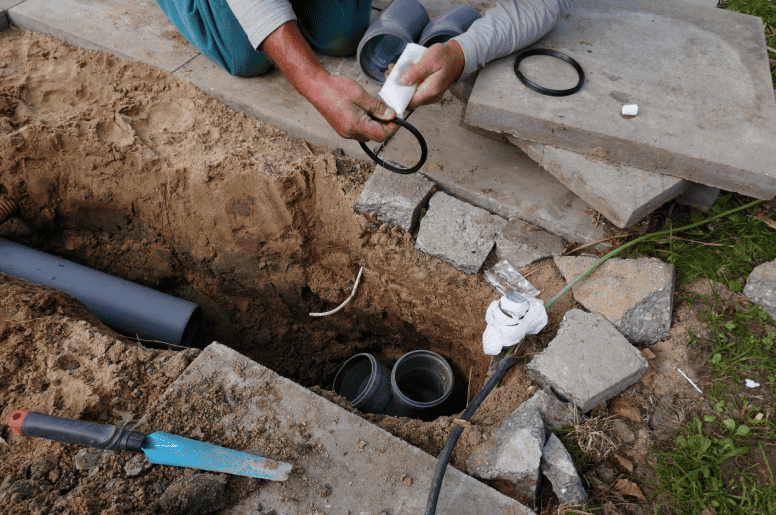Find A Plumber Near You
Call Us Now:

Installing a backwater valve is the best way to prevent outbound wastewater from re-entering your property.
This backflow prevention device features a flap that lets water exit your household. In turn, it shuts closed to keep the water out.
We’ve all heard about backwater valves before, but have you been wondering if your household actually needs one?
Let’s find out!
Table of Contents:
A backwater valve consists of two primary parts: the protective flap and the cleanout.
The protective flaps let water flow in one direction: outwards. This way, no murky city sewage water will be passing through your household pipes.
The cleanout functions as an access point to the drain line. This part is essential for visual inspection and maintenance of the valve, protective flap, and pipes.
In case of a city sewer line backup, the backwater valve springs in action (or closed, rather) to shield your home from the flood. This function activates automatically when the water reaches a certain level. Once the protective flap closes, it will stop any water from entering or exiting. When this happens, keep in mind that you have to temporarily avoid using drains, as this could cause interior water backup.
Too much rain can be hazardous in many ways. When it’s pouring outside you’re safe at home, but just how rainproof is your home exactly?
Intense rainfall can trigger flash floods. On such occasions, a backwater valve is a must. Sure, most cities are equipped with a reliable drainage system, but you can’t simply depend on that to keep your home safe from floods.
Take the proactive route by installing a backwater valve. This way, you won’t have to worry about any property damage in the event that floodwater gets spewed out by drainage pipes and sewers.
Depending on where you’re located, your city should have resources available to help you prepare for heavy rainfall. For more information, check out the Burlington Home Flood Prevention guide, Oakville Home Flood Prevention guide, and Hamilton Home Flood Prevention guide.
Heavy rainfall isn’t the only flood catalyst; in fact, overflowing rivers, melting snow, collapsed dams, and climate change are all associated with flooding.
If you happen to reside in a flood zone, we urge you to gear up your home with a backwater valve and a sump pump.

A sump pump is typically used in a household where the water table sits atop the home’s foundation. This means that water needs to be drained above that level to prevent floods.
Now you might be thinking: “I already have a sump pump. Why do I still need a backwater valve?”
Well, the answer is simple: two heads are better than one.
A backwater valve serves as a backup system in the rare case that the sump pump falters. It’s basically a very necessary backup plan for your sump pump.
Older homes have a bunch of history, culture, and character rooted in their walls.
Despite their beauty, these old but gold homes tend to be less resistant to flood damage. If you notice cracks and other structural issues, your house may be susceptible to water damage come the rainy season.
Having a qualified plumber install a backwater valve is an effective way to keep the flood at bay, saving your historic house from watery catastrophe.
Having a picturesque view of rolling hills is great, but if your home is built below a hill, it might be a flood magnet. This is simply due to the laws of gravity, increasing the risk of sewer water backflow. Without a backwater valve to save the day, your house might fall victim to a rancid mess.
Want to protect your property from this type of catastrophic damage? Backwater valve installation, it is!
Homes with basements run a huge risk of experiencing water backup. Any structure with a lower level needs a backwater valve as a safety net in the event of any type of water overflow.

A backwater valve is traditionally installed under the floor of your basement, connected to the main sanitary sewer near the exit point of your home. Sometimes, it can be located in your front yard or backyard, but it usually depends on where your city’s drainage lines are situated.
Need an expert to install a backwater valve? Or are you looking for emergency plumbing services to repair a water backup problem?
With over 25 years of experience in serving the Hamilton, Burlington, and Oakville areas, you know you can always count on 1st Rooter.
Our team of qualified professionals is on call 24/7, 365 days a year for all your urgent plumbing needs.
Leave A Reply